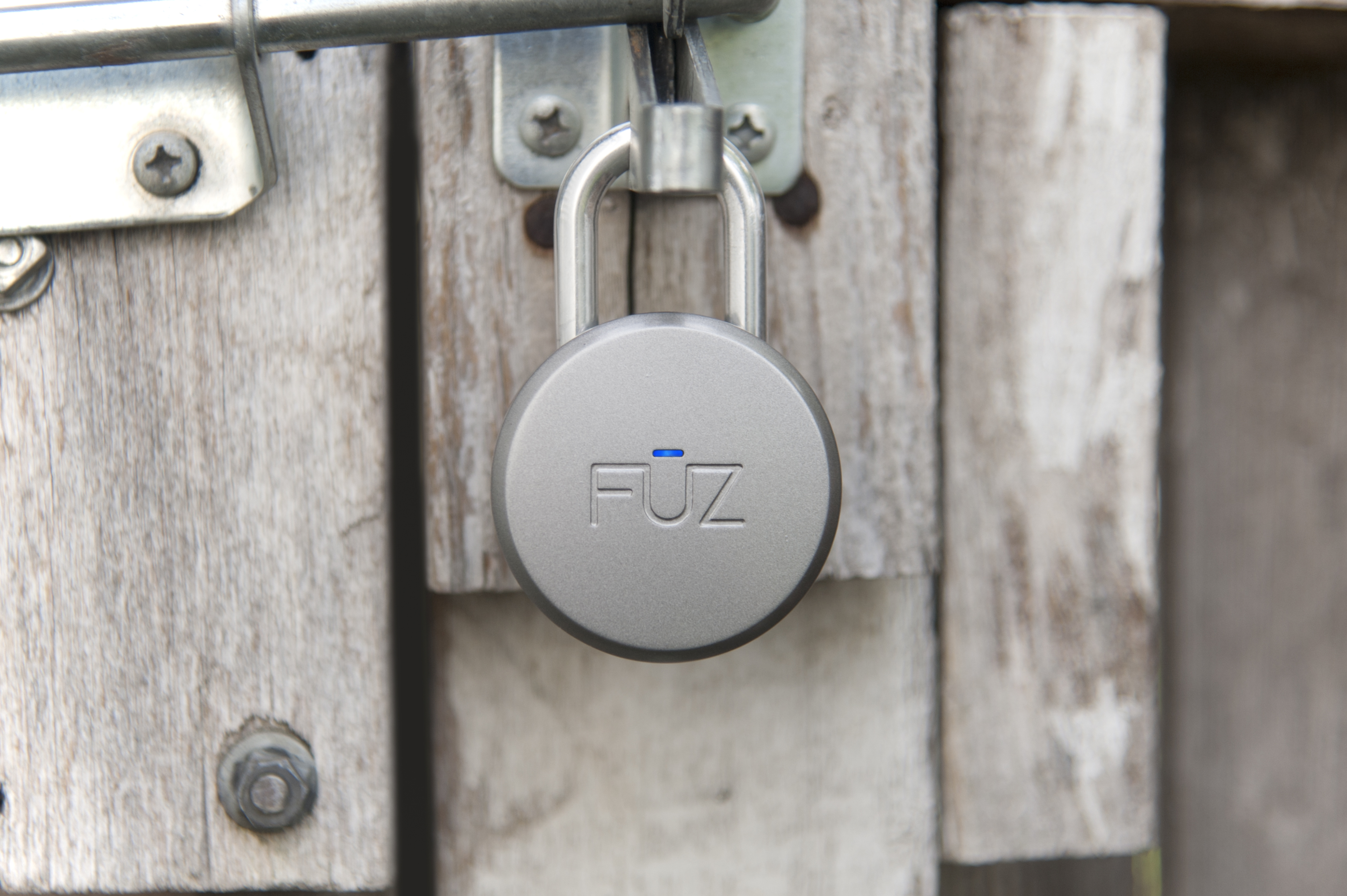Article
Internet-connected battery turns your old smoke detector into a smart one | Mashable
Roost’s smart battery will school your old smoke alarm | Engadget
From the horse’s mouth
Roost Smart Battery
My Comments
Although Google’s Nest has released a smoke alarm that can tie in with your home network, a Kickstarter project is in place to develop a replacement lithium battery that gives your existing smoke detector or carbon-monoxide detector “connected” abilities. This is addressing a situation where a lot of these alarm devices have ended up with dead or missing batteries most likely due to user forgetfulness.
The Roost Smart Alarm Battery works as a replacement battery for your smoke or carbon-monoxide alarm and links to your smartphone via your home Wi-Fi network and a cloud service to achieve its “smart abilities”. This is facilitated through the use of a low-power Wi-Fi chip that doesn’t place much demand on the battery and capitalises on the fact that these alarm devices don’t call on battery current except during an alarm event.
The smartphone app lets you know of the battery charge status and alerts you if the battery is critically low before the smoke alarm’s “low-battery” audible alert kicks in. As well, it becomes an extra “alarm surface” for your smoke alarm so that if you are away from your premises and the smoke alarm sounds, you are notified on your smartphone. The only limitation with this battery is that it won’t give you access to the “test” or “alarm-mute” functions that these devices have.
The optimistic life-span for the battery is around 5 years in this application compared to a typical 9V alkaline battery which lasts for one year at best. As well, the goal price for these devices is US$35 compared to a new Nest smoke/carbon-monoxide alarm which would set you back US$99. Even if you do go for the Nest smoke alarm, you may want to “bump” your existing smoke alarm to a secondary application like a holiday home but want the smart abilities.
At least it is another attempt at retrofitting existing devices to become part of the “Internet Of Things” by working on their power-supply needs.


